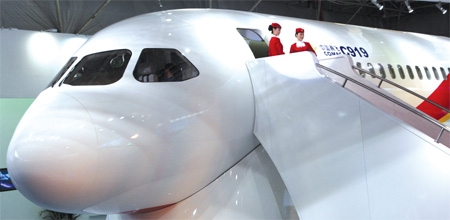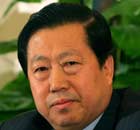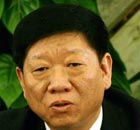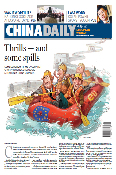Containing price concerns
Updated: 2010-09-03 07:49
By Yi Xianrong (China Daily)
Statistical reform and closer supervision are needed as over-expansion of bank lending could lead to index rise
China's consumer price index (CPI) in July rose 3.3 percent year-on-year, 0.4 percentage points higher than the increase in June, figures from the National Bureau of Statistics show.
The growth came in part from the rise in the prices of food such as pork and poultry, which rose 6.8 percent in July year-on-year from the 5.7 percent of the previous month.
Some economists believe that people should not excessively worry about the upward trend of the CPI in the remaining months of this year, when the impact of natural disasters on the national economy tends to fade and the climate returns to normal.
Still, compared with a mild and acceptable increase in the CPI figures released by the authorities, consumers feel a different picture characterized by a rapid and widespread rise in prices.
The country's prevailing CPI system mainly focuses on food prices and usually fails to reflect the most accurate picture of domestic consumer prices, research has indicated. This is also the main reason why ordinary people often have a different impression of commodity prices from official figures.
If the authorities continue to remain idle in pushing for a much-anticipated reform of the problematic CPI system, any data offered by the statistics authorities - which should have provided scientific and necessary statistical references for the country's macroeconomic decision-making - will be of no help and will even work against national economic decisions.
Undeniably, the momentum in China's current price increases is largely related to its loose monetary policy. Purchasing limited commodities by flooding currencies will inevitably result in the rise in prices.
Some people might cite Japan of the 1990s and the United States after 2008, as two examples to refute the possibility of an upward price trend in China. The quantitatively easing monetary policy adopted by the two countries during these two periods did not provoke a radical rise in their domestic prices. On the contrary, both countries even faced the risk of deflation under such a loose monetary policy. "Why then will China?" these people might ask.
The underlying reason why flooding monetary supply in the US and Japan failed to spark a rapid rise in their prices was that, under the context of economic and financial globalization, excessive currency issuance in these two countries did not stay within their domestic market. Instead, the profiteering currencies chose to flow to other higher-return destinations through the international financial market. Both the Japanese yen-dominated carry trade in the 1990s and the US dollar-dominated carry trade since 2008 aimed to promote a fast circulation of the large volumes of currencies issued by the two countries on the global financial market, causing cheap and good-quality commodities to pour into their domestic consumer markets. That is why Japan's consumer prices have long stayed at a comparatively low level.
However, the situation is completely different when it comes to China. Due to its lower degree of openness in its financial system, China's excessive credit issuance is unable to flow to the international financial market and has to be mainly digested within its domestic market. Despite the country's integration into economic globalization to a large extent, China is still at the low-end link in the global economy. This economic status, together with comparatively low economic development in some of its underdeveloped regions, makes it difficult for the country to acquire cheap resources and products from the global market just as the US and Japan do. Under these circumstances, the impact of excessive credit growth on its domestic prices will be inestimable.
Since the outbreak of the global financial crisis that originated from the US, the Chinese government has adopted a more forcible economic stimulus plan. That has also resulted in excessive credit growth in the country. The credit issued in 2009 was the total of the previous three years combined, statistics show. Despite subsequently adopting a tightened credit policy, the country's credit in 2010 remains at a high-level of growth, with newly issued lending this year more than double that in 2007. The inflow of such a large volume of credit into the market will inevitably push domestic commodity prices to drastically rise. This was reflected by the rapid increase in domestic assets and stock prices in 2009, which were gradually passed on to consumer goods.
The government's resolve to curb the sizzling real estate market has also accelerated the flood of liquidity to other commodities, as indicated by the radical rise in the prices of garlic and house rentals.
The rapid increase in assets prices such as houses and other commodities over the past year will inevitably pass on to the cost of labor, which will in turn surely fuel pressures for further price rises. All these, added by the frequent occurrence of natural disasters, have directly fueled pressure on price rises in food and agricultural products for the remaining months of this year.
The author is a researcher with the Institute of Finance and Banking under the Chinese Academy of Social Sciences.
(China Daily 09/03/2010 page8)
Paper's Digest

Chinese jet takes on Big 2
First large commercial plane set to ride on demand for aircraft as economy grows.
Super-CPU only for domestic eyes
Specials

Gaining ground
Doing business in china for westerners has come a long way, Peter batey says.

Safeguarding environment a priority
China continues to face mounting pressure to curb environmental degradation, despite progress in reducing pollution over the last five years, the environmental protection minister warned.

Employment to remain a continuing challenge
China's top labor official said the country will face a tough employment situation in the next five years.
